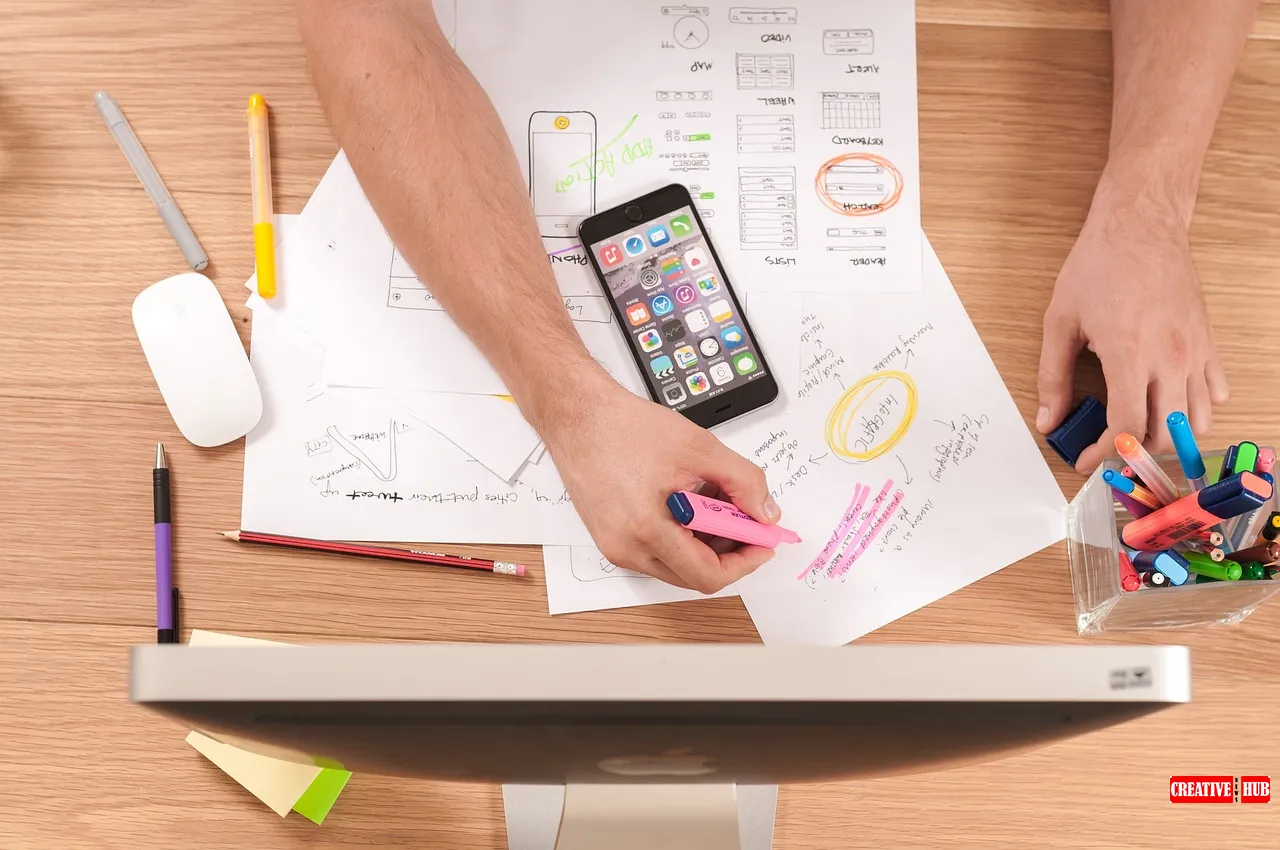The UEIS Framework reshapes how designers and businesses assess digital experiences. Industry experts created this structured approach to ensure products function smoothly while keeping users engaged. With a focus on Usability, Efficiency, Interaction, and Satisfaction, the framework delivers measurable insights that strengthen user engagement and drive business growth.
Introducing the UEIS Framework at the UX Summit
Professionals worldwide gathered in San Francisco to witness this new standard in UX evaluation. Digital competition continues to intensify, forcing businesses to refine their online presence. The UEIS Framework provides a structured method for pinpointing weak spots, improving interfaces, and meeting user needs and business goals.
Traditional UX metrics operate in isolation, separating qualitative and quantitative data. The UEIS Framework merges these elements, offering a complete view of user interactions. This integration leads to precise, impactful design enhancements.
Breaking Down the UEIS Framework
Usability and Efficiency: The Foundation of Seamless Experiences
Usability determines how users navigate an interface effortlessly, while efficiency measures task completion speed. Strong usability and efficiency remove frustration, ensuring users reach their goals with minimal effort.

Boosting these factors accelerates task completion, increases satisfaction, minimizes frustration, and makes platforms accessible to a diverse audience. Task Success Rate (TSR) and Time on Task (ToT) reveal problem areas, helping designers make focused improvements.
Industry leaders stressed that eliminating friction boosts engagement and strengthens brand loyalty. The UEIS Framework provides designers actionable insights, helping businesses refine digital experiences.
Interaction: Driving Deeper Engagement
Interaction shapes how users connect emotionally with a product. Strong interactive elements encourage exploration and repeat engagement.
The UEIS Framework evaluates the emotional impact of interactions, highlights captivating features, and identifies confusing elements. User interviews and open-ended surveys offer insights into user attitudes, helping designers craft more engaging experiences.
Experts shared strategies for designing interactions that leave a lasting impression. Micro-interactions, responsive animations, and seamless transitions enhance usability while keeping users engaged.
Satisfaction: The Benchmark for Success
Positive experiences foster long-term engagement. Satisfaction fuels brand loyalty, advocacy, and higher conversion rates. The UEIS Framework introduces structured methods for measuring and improving user happiness.
Effective strategies include targeted surveys, feedback trend analysis, and behavioral analytics. Net Promoter Score (NPS) reveals user loyalty and satisfaction, guiding UX enhancements that maximize engagement.
Understanding what keeps users engaged allows businesses to refine their offerings and strengthen customer relationships.
Why UEIS Stands Out
UX evaluation models exist in many forms, but the UEIS Framework sets itself apart by combining usability, efficiency, interaction, and satisfaction into a comprehensive approach. Traditional usability testing often focuses on task completion, but UEIS factors in emotional engagement and long-term impact.
Distinct advantages of the UEIS Framework include:
- A structured evaluation of emotional responses alongside functionality
- A balanced approach that prioritizes both efficiency and engagement
- A clear roadmap for continuous UX improvement
How to Implement the UEIS Framework
Applying this framework starts with a structured evaluation process. Here’s how teams can integrate UEIS into their design workflow:
-
Audit Existing Interfaces
- Identify usability and efficiency gaps
- Gather real-time user feedback through testing sessions
- Analyze navigation patterns and task completion rates
-
Optimize Interaction Quality
- Map out user pathways
- Introduce engaging, intuitive elements without overwhelming the experience
- Balance aesthetics with usability
-
Measure and Enhance Satisfaction
- Establish regular feedback loops
- Track emotional engagement through sentiment analysis
- Adjust product design based on recurring patterns in user input
Overcoming Challenges in UEIS Implementation
Adopting a new evaluation model presents challenges. Two common hurdles include:
- Balancing Comprehensive Evaluation with Agile Timelines
- Solution: Integrate UEIS into iterative design cycles, ensuring rapid feedback while maintaining quality.
- Ensuring Cross-Department Collaboration
- Solution: Conduct collaborative workshops where designers, developers, and marketers align on UX goals.
The Future of UX Evaluation
The UEIS Framework drives UX strategies that go beyond surface-level improvements. Digital products continue evolving, and AI-driven insights allow designers to anticipate user needs before issues arise.
Design teams that adopt this structured approach build digital experiences that feel intuitive and engaging. The UEIS Framework doesn’t just refine UX evaluation—it sets a blueprint for digital success.

Emma Smith is a passionate writer and content creator focused on the latest trends in the arts, design, and creative industries. With a keen eye for innovation and creativity, she shares insights and updates that inspire professionals and enthusiasts alike.








